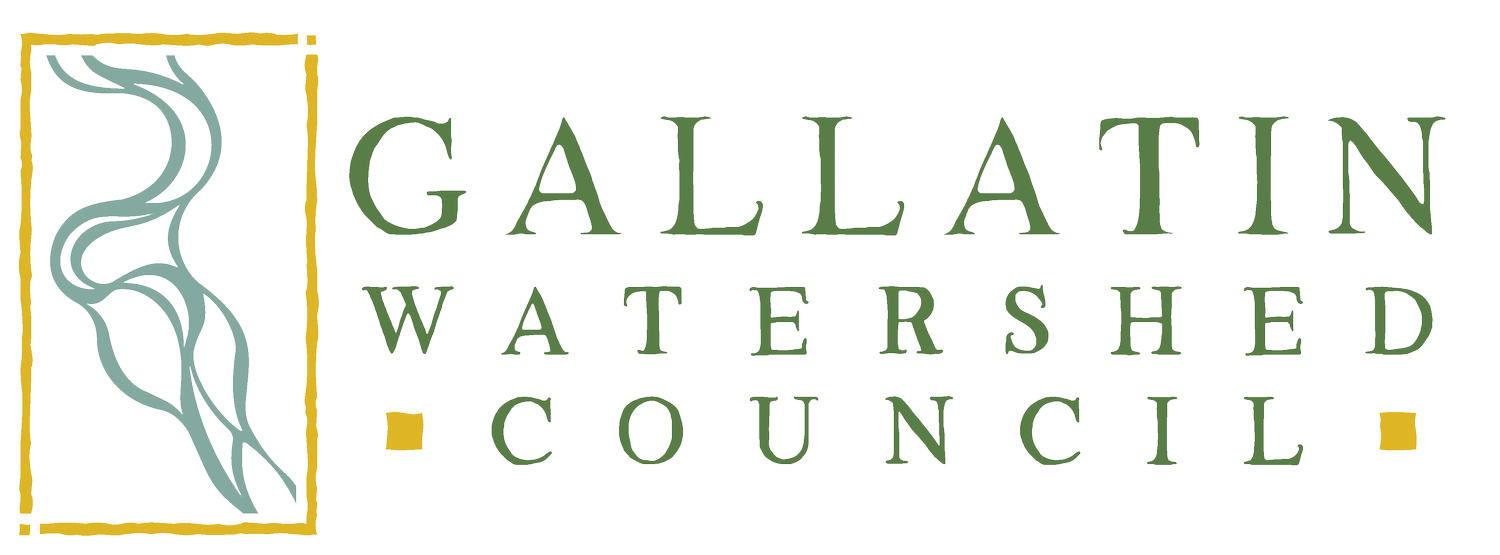Freedom and Forest Fire
The 4th of July is a time to celebrate our freedoms. Independence Day. Montanans are a proudly, determinedly independent type. But I am struck by the fact that, despite our freedoms, there are many things we share – water, air, economic pressures – which care little for our privacy or our lines on a map. And what one person does, no matter how stubbornly singular they may be, impacts the group. Wildfire is one of those things.
September of last year I reflected on one year passing since the Bridger Foothills Fire, and the work the Gallatin Watershed Council and many others did to help heal the landscape. Across public land and many private parcels, weeds were treated, seeds were spread, burned trees were harvested, and new trees were planted. Last Fall, I also looked ahead, knowing there was much more work to be done, both on-the-ground and to plan and fundraise, so that we could reduce the risk of something like this happening again.
Tucked in the forested foothills of the Gallatin, Bridger, and Bangtail ranges is Bozeman’s drinking water supply, the headwaters of the Gallatin Watershed, and the homes of many people and critters. The security of each of these things depends on the health of the forest as a whole. We are only as resilient as our neighbors. And there are a couple big neighbors stepping up in a big way.
The City of Bozeman, in partnership with the Custer Gallatin National Forest, is undertaking the Bozeman Municipal Watershed Project. This is an over 4,000-acre effort to reduce the risk of wildfire and protect Bozeman’s primary drinking water supply in the Sourdough and Hyalite Creek drainages.
The Natural Resources Conservation Service initiated targeted hazardous fuels reduction on private land in the Bridger and Bangtail mountains. The scope of this effort grew when they too joined ranks with the National Forest. Drawing on the momentum of work already in progress, together these groups applied and received a Joint Chiefs' Landscape Restoration Partnership Project grant to expand funding for treatments on 3,336 acres on National Forest lands and 1,625 acres on private lands.
Be it public, private or municipal interests, each of these groups are after a common goal: reduce the risk of wildfire. And they are getting there by focusing on forest health. Treatments such as prescribed burning, thinning, and timber removal reduce combustible fuels and can help prevent a fire from spreading to the canopy and really taking off. These treatments also improve each tree’s access to resources like nutrients and water and make the stand more resistant to disease and drought.
With partnerships and collaboration, our community’s impact has grown to many thousands of acres and many millions of dollars.
The Gallatin Watershed Council, funded by a grant from the Montana Watershed Coordination Council, is hosting a Forest Health Field Day on Wednesday, July 20th from 3-6pm at Crosscut. There will be opportunities to learn more about the work that has been completed, and the work to come. Learn about fuels reduction techniques, forest health, and weed mitigation. Presenters will include representatives from NRCS, Gallatin County Weed District, and the Forest Service. Landowners will also have a chance to meet several other partners and vendors, as well as learn about technical and financial resources to engage in this important work. We hope to see you there!
Learn more about the event at: www.gallatinwatershedcouncil.org/forest-health.
Author: Lilly McLane is the Restoration Director for the Gallatin Watershed Council and believes that our efforts to protect natural resources in the Gallatin Valley are strongest together.

